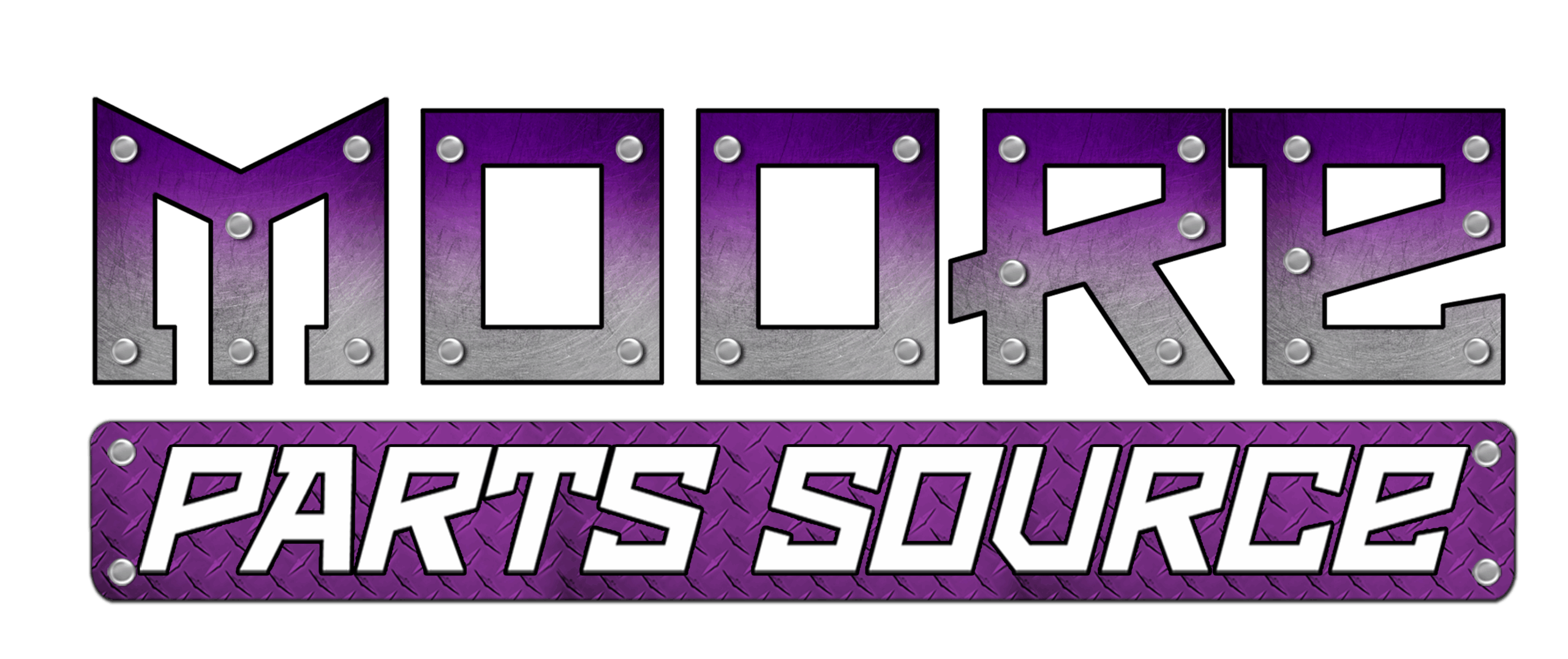SAFETY STOPPING POWER

Braking systems are one of the most critical safety components in any vehicle, and that’s especially true for vintage Volkswagens. Original brake components are often outdated, worn, or simply not up to the standards of modern traffic conditions. Upgrading or restoring your braking system not only improves safety and performance but also makes your car more reliable and enjoyable to drive. This guide covers everything from drum-to-disc conversions and brake master cylinders to soft lines, reservoirs, pads, and proportioning valves giving you the information you need to stop with confidence.
We break down the pros and cons of stock drum brakes vs. modern disc systems, explain how to identify brake fade or imbalance, and help you choose the right components for your vehicle’s year and setup.
Disc Brakes
Disc brakes are widely regarded as the modern standard for stopping power and reliability. They offer improved performance under stress, making them ideal for daily driving, emergency stops, or traveling in hilly terrain. Because of their open design, disc brakes dissipate heat more efficiently, which helps prevent brake fade during long or repeated stops. Maintenance is generally easier, brake pads are simple to replace, and checking for wear is quick and straightforward. Disc brake upgrade kits are available for most classic VW models and often include everything needed for a smooth installation. However, they tend to be more expensive upfront and may require modifications like different spindles or upgraded master cylinders. While not always authentic for factory-correct restorations, disc brakes are a popular upgrade for drivers who prioritize safety and performance.
Drum Brakes
Drum brakes were the original braking system on most vintage VWs and are still widely used by purists and restorers seeking an authentic look and feel. They are more budget-friendly, with replacement parts often costing less than their disc brake counterparts. For show cars or occasional cruisers, a well-maintained drum system can be perfectly adequate. Drum brakes are also easier to install on a stock vehicle since they require fewer modifications and are often direct-fit replacements. However, they do come with limitations. They generate more heat and don’t cool as quickly, making them more prone to brake fade, especially on long descents or during heavy braking. They’re also more difficult to inspect and service due to their enclosed design, and they typically require more frequent adjustment to maintain peak performance. While suitable for light-duty use, drum brakes may not offer the same confidence as disc brakes in fast-paced or high-traffic environments.
Need help?
Trust in our expertise to achieve the best outcome for vintage restoration.
